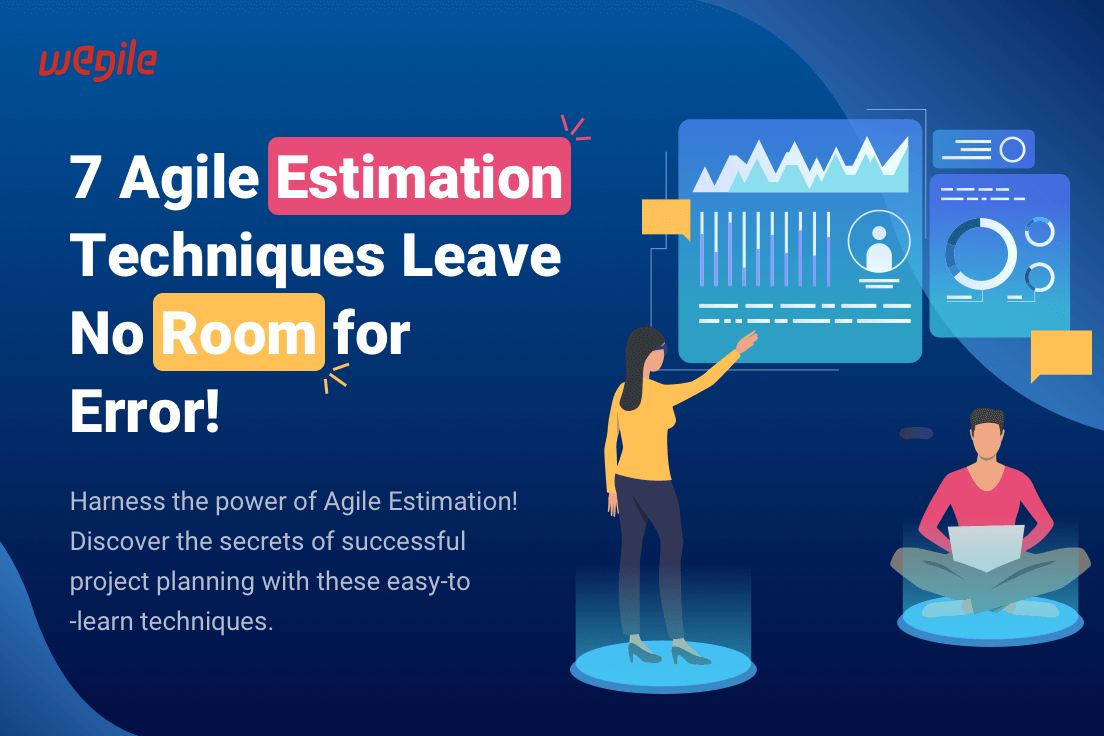Insights/ Agile
By: Rajesh Rohatgi | 12 Min Read |
Published: April 24, 2023 | Updated: December 02, 2025


THE AUTHOR
E41 Industrial Area, Phase 8, Mohali - INDIA 160071
813, Global Business Hub, Near WTC, Kharadi, Pune, Maharashtra 411014
1270 Avenue of the Americas 7th Floor New York, NY, US 10020